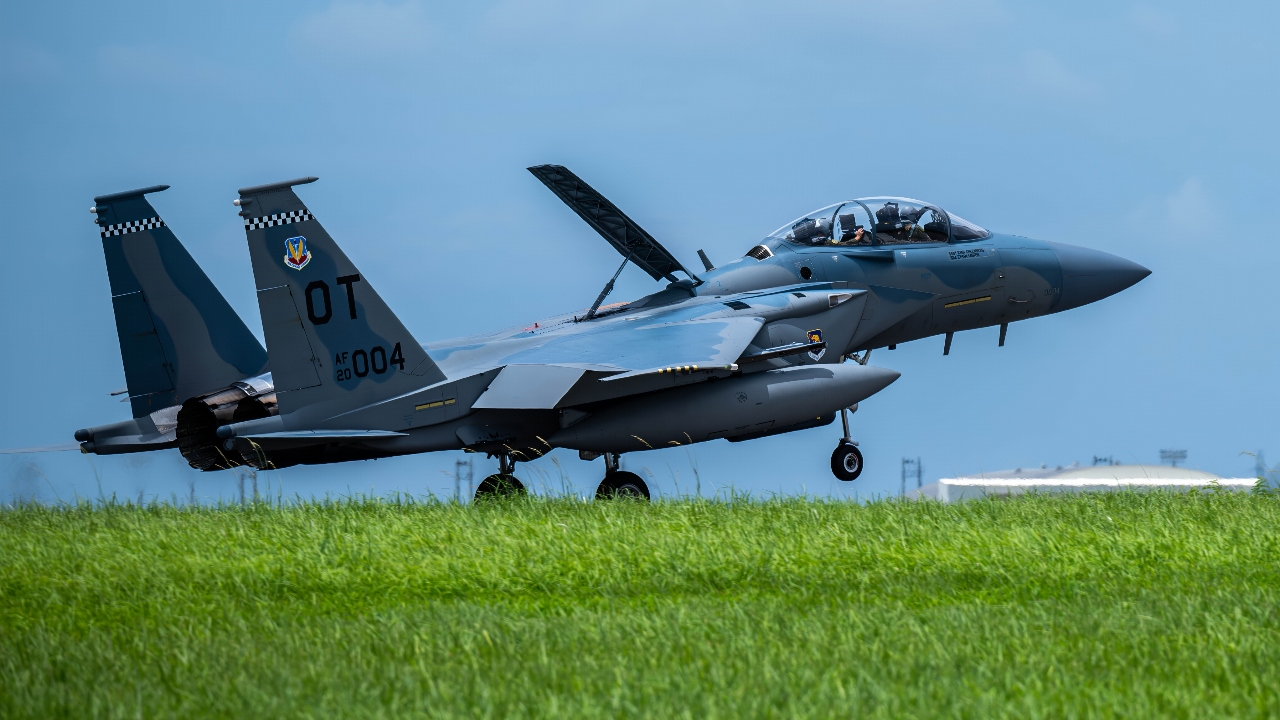
The F-15EX Eagle II is more than the upgraded incarnation of an old fighter—it’s an American strategy to stay fast, powerful, and inexpensive in a changing world with changing threats. Pitting the tried-and-true airframe of the F-15 against the newest systems, the Eagle II provides a blend of reliability and new firepower without beginning anew.

The F-15 itself was cutting-edge when it first emerged during the mid-point of the Cold War. Intended for air superiority, it possessed unbeatable speed, maneuverability, and firepower. Through the decades, it turned into a multi-role, adaptable aircraft, with precision strike capability introduced by the F-15E Strike Eagle. Its adaptability made it the choice of not just the U.S. Air Force but of allied air forces all over the world.

The F-15EX continues that tradition and brings it into the high-tech battlefield of today. While its exterior may look roughly the same, systems inside allow it to be equal in capability to much newer designs.

All that change comes from onboard electronics and avionics. F-15EX features a new radar, advanced electronic warfare in the shape of BAE’s EPAWSS, and a digital backbone that will allow it to be updated constantly with software and upgraded through modular methods. That allows the jet to change around future threats without needing to be fully rebuilt, so it can be productive for decades.

Firepower and reach are where the Eagle II excels. It can carry a maximum of 30,000 pounds of ordnance, 16 air-to-air missiles—the most of any operational fighter. The F-15EX, as opposed to stealth fighters that have internal weapons, loads externally, from AIM-120D missiles on through the upcoming AIM-260, to standoff attack munitions such as JASSM-ER. External and conformal fuel tanks extend their range and endurance even further.

The aircraft is also designed to support stealth fighters instead of replacing them. During coordinated operations, it can stay in the back at standoff range as stealth aircraft advance, gather target data, and relay it back. The F-15EX can then deliver a withering missile strike without exposing itself, acting as a force multiplier for both regional and global battle spaces.

Its deployment to Japan’s Kadena Air Base indicates the way that the Air Force plans to utilize its range and payload in strategic areas. Domestically, the F-15EX is incrementally replacing older F-15C variants in Air National Guard units, where its reliability, simpler maintenance, and compatibility with existing infrastructure render it a free and inexpensive substitute.

The Eagle II is not cheap, and the cost per unit goes up from approximately $80 million to almost $97 million for later production lots.

Even though comparable in price to certain fifth-generation aircraft, it has the advantage of being able to tap into previously existing infrastructure and spares for previous F-15s that reduce long-term operating expenses and simplify integration. Maintaining the F-15 in production maintains industrial flexibility, minimizing dependence on a single platform and providing greater strategic flexibility to the Air Force.

Moving ahead, the F-15EX will be here into the 2050s. It is not a stealth alternative, but a game-changer filling a humongous gap by bringing unmatched firepower, payload, and upgradeability potential beyond what fifth-generation fighters can accomplish at volume. Defending the homeland, patrolling with allies, or launching stealth strike packages, the Eagle II demonstrates that new designs are not always necessary for modern airpower—intelligent upgrades of proven platforms can be equally as good.

Last but not least, the F-15EX is a realistic solution to a thorny question: how to remain prepared for high-end combat on a budget that won’t spend itself on one costly stealth package. Capable, agile, and affordable, it fills the gap between old-fashioned aircraft and future air warfare.
